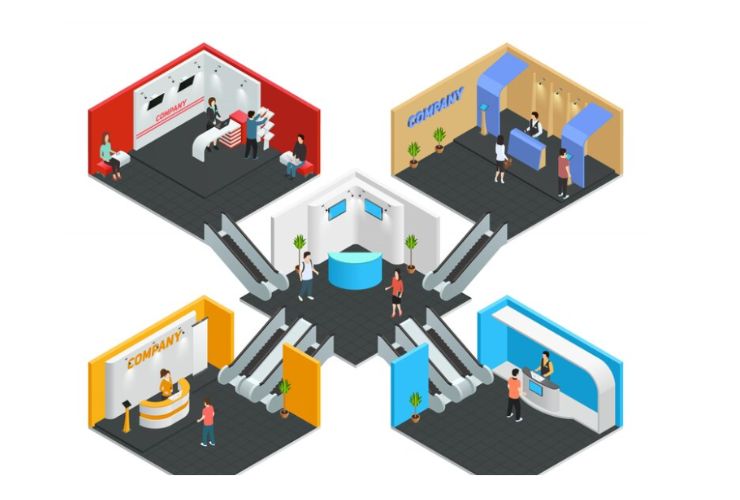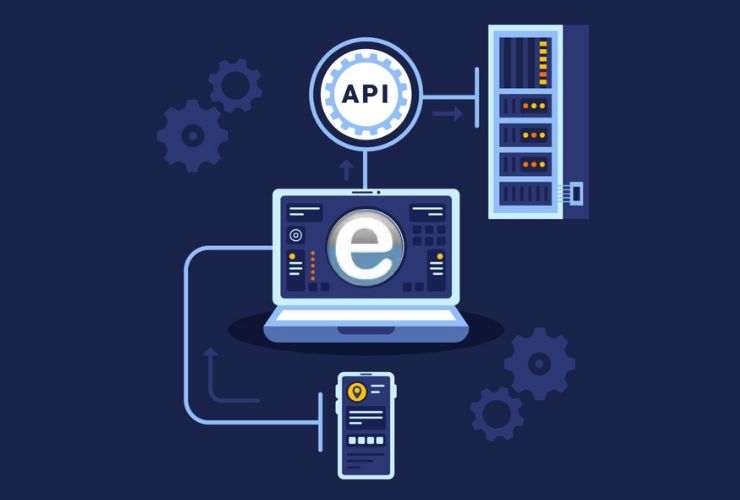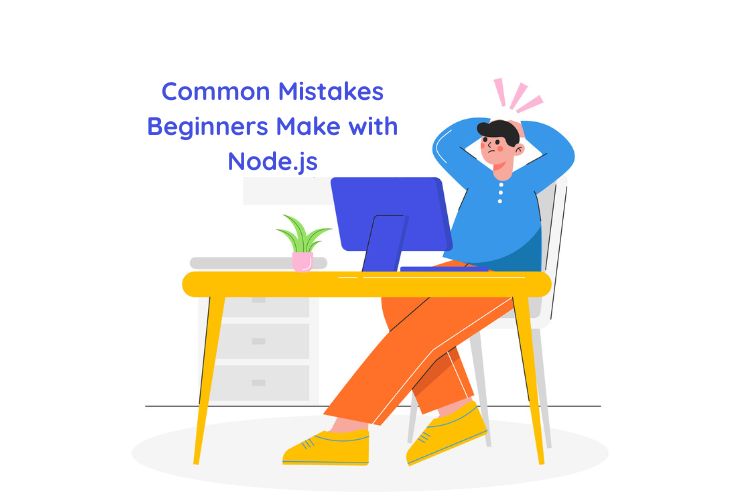Event-driven architecture is perhaps the most defining aspect that sets Node.js apart from the rest of the runtimes. It is one of the core reasons why Node.js is emerging as the first-class choice for real-time applications, APIs, and backend services.
But what exactly is event-driven architecture, and why is it so essential in Node.js? In this post, we’ll explore how the event-driven model works in Node.js and why it’s ideal for creating efficient, scalable applications.
What is Event-Driven Architecture?
A request-response pattern is generally used in a classical server architecture, where the system is dormant and waits for external events or user input to perform some action. Event-driven architecture enables systems to respond to external events or triggers asynchronously.
An “event” here is any meaningful event happening in the system, e.g., a user clicking a button, a data read from a database, or an application exception. When something happens, it invokes a function or a callback to process the event.
How Event-Driven Architecture Works in Node.js
Node.js is non-blocking, asynchronous, event-driven, i.e., it doesn’t wait for a task to finish before working on the next task. Node.js uses an event loop that continuously searches for events and calls associated handlers whenever they are present.
This is how it functions in simple terms:
- Event Loop: The event loop is the backbone of Node.js that remains held in a forever loop so as to wait for events to process. The events are fed in and then call their related callbacks.
- Event Emitters: Node.js utilizes the EventEmitter class to emit and listen to events. You can emit your own custom events and specify what is to be run when those are emitted.
- Callbacks: The system calls a callback function for an event when an event occurs. The callbacks provide the system with a channel through which it is capable of handling requests, reacting to inputs, and performing asynchronous operations effectively.
- Non-blocking I/O: The best benefit of Node.js’s event-driven architecture is non-blocking I/O. What this means is that even if Node.js is engaged in something, it still has the ability to process and deal with other requests, something that is desirable when developing real-time applications.
Why Event-Driven Architecture Is Ideal for Node.js
Node.js’s event-driven nature offers some benefits that make it a suitable location for some applications:
High Scalability:
In event-driven systems, it is possible to process many events concurrently. Node.js applications can process thousands of concurrent connections with ease, and therefore it is an excellent candidate for highly scalable applications, i.e., chat applications, real-time games, and live updates.
Performance:
Node.js’s asynchronous, non-blocking design is one where even while waiting for a request to be awaiting data (for example, a database query or file read), the event loop will proceed with other arriving requests. Node.js is amazingly scaleable and efficient without the overhead of holding onto long-running tasks.
Real-Time Applications
Since Node.js is event-based, it performs beautifully in real-time applications such as live updates, instant messaging, or collaborative tools. It does not mind processing events such as user messages, notifications, or data updates, which makes it a great choice for applying it in these types of applications.
Easy to Develop
Event-driven architecture makes it easier for the developers to code cleaner and more efficient code. Because events are being handled by callbacks, the developers do not have to worry about complex threads or synchronized operations. The code is easier to manage and handle.
Concurrency without Thread:
Traditional web servers utilize threads to process large requests, in which case the resultant memory overhead and lower performance are an unintended consequence. Node.js utilizes a single thread to process thousands of connections. The platform provides superior memory performance and less overhead when dealing with threads.
Real-Life Examples of Event-Driven Architecture in Node.js
We outline below some real-world applications where Node.js and event-driven architecture are an evident success:
Chat Apps: Think of building a live messaging app. With event-driven architecture, if a user sends a message, an event is published, and there is an immediate reaction to all the logged-in users (e.g., showing the new message). The system never blocks and waits for all messages to be delivered; it keeps processing other events (e.g., new connections or typing indications).
Live Streaming or Video Apps: Real-time streamed data is accessed by customers through live streaming. Due to the event-loop structure of Node.js, newly arrived data packets (events) are handled asynchronously and streamed to customers in real-time.
IoT (Internet of Things): Sensors send data at intervals in IoT applications. Node.js can handle events, data processing, and respond to devices asynchronously. For example, an IoT application for a smart home can respond to events, for example, switch on lights when there is movement.
Conclusion: The Power of Event-Driven Architecture in Node.js
Event-driven architecture is what makes Node.js so efficient and scalable. Node.js is able to deal with numerous events simultaneously because of this, which also translates into handling an enormous amount of connections with zero loss in performance. From developing real-time applications and APIs to making asynchronous operations easy, Node.js’s event-driven architecture is the reason it is such a great tool for developers.














